Community radio helps people in remote areas in Uttarakhand and the Nilgiris speak up and be heard
In remote pockets of Uttarakhand and Tamil Nadu, community radios provide two-way communication and get people talking. These community radios could be invaluable in saving lives in times of distress, such as the recent Uttarakhand flash floods. A Gaon Connection report on World Radio Day.

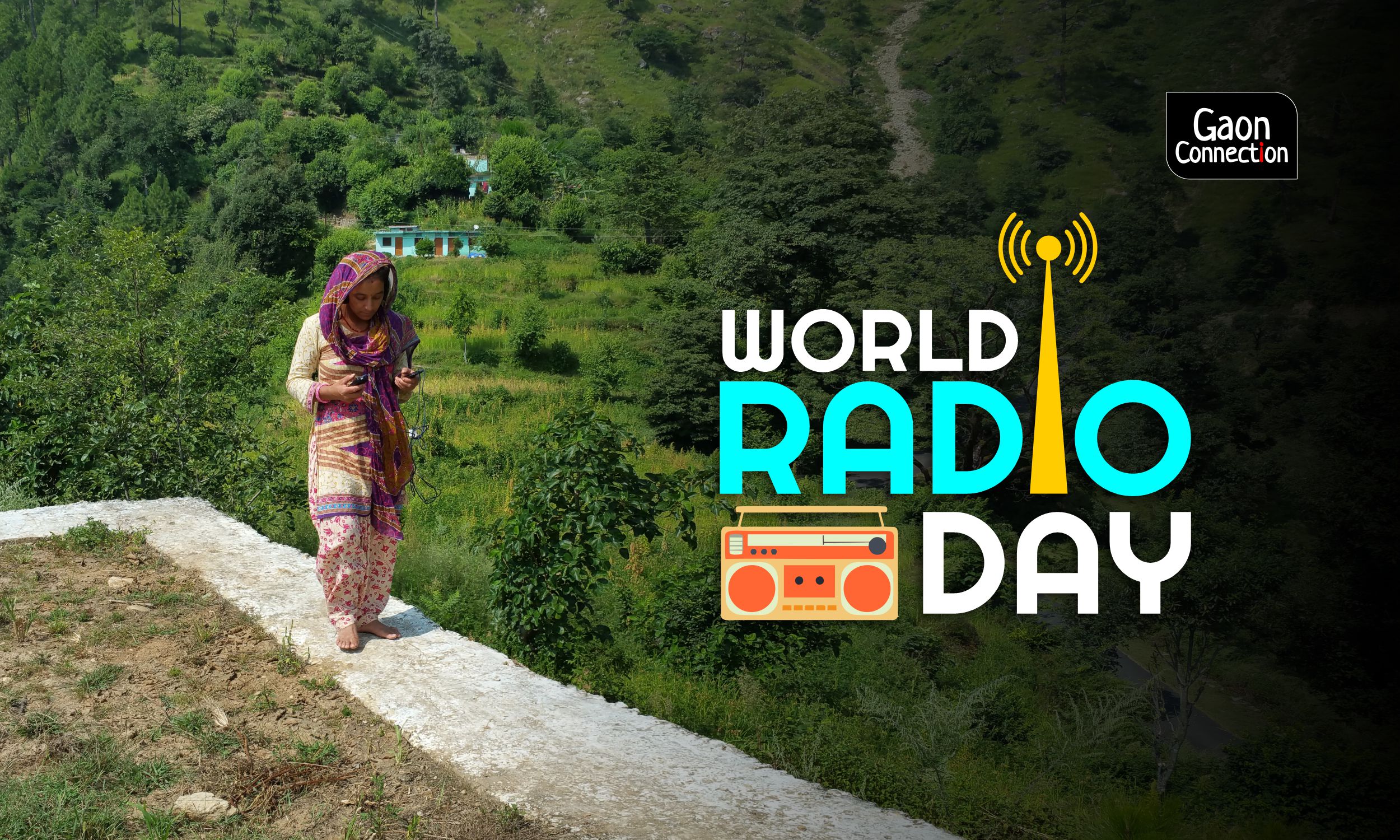
Uma Negi. Photo: Mandakini Ki Awaz.
It is 8.30 am. Uma Negi finishes up in her kitchen and hurries uphill to the radio station that is about a kilometre-and-a-half away. There, the 35-year-old who lives in Sena Gadsari village, Rudraprayag district in Uttarakhand, straps on her headphones, picks up the microphone and goes live on Mandakini Ki Awaz, a Community Radio Station.
It is the first of its kind community radio in Uttarakhand that was set up by her husband Manvendra Negi along with the non-profit People’s Power Collective, in 2013.

Community Radios are for the people, by the people and of the people. They are usually owned and operated by the communities that they serve. For example, Mandakini Ki Awaz, serves the communities that it reaches and enables the people in those communities to share their stories, experiences and becomes a platform through which important messages are broadcast. They have the potential to play a vital role, especially during disasters.
“Community Radio is a space for engagement and communication. Through it, one can build resilience and create disaster-preparedness; it can empower the multi-stakeholders,” Saritha Thomas, founder, managing trustee, of People’s Power Collective told Gaon Connection. Sadly, the part of Chamoli that was devastated by the February 7 flash floods did not fall in the catchment area of any community radio, she regretted.
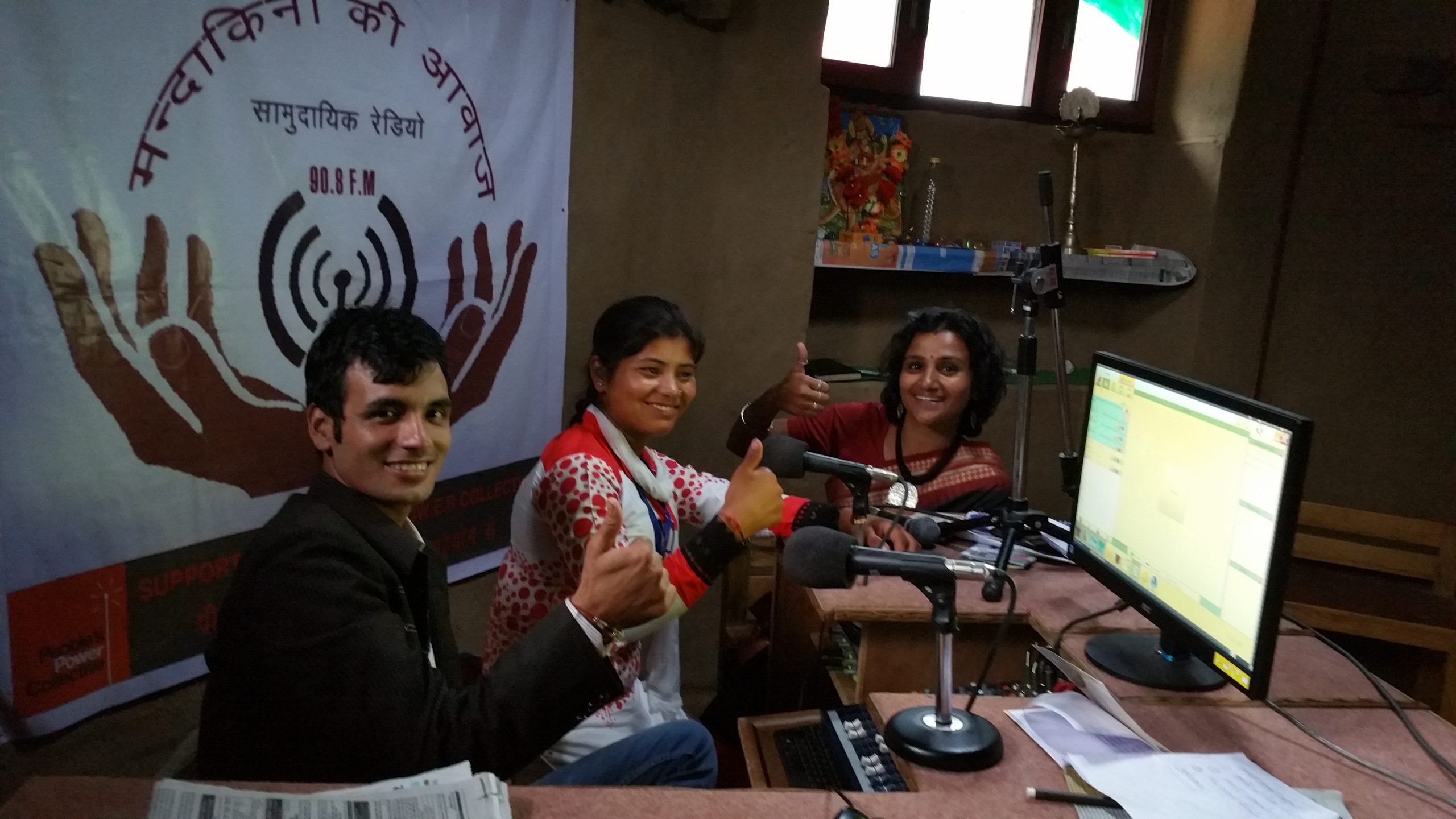
Mandakini Ki Awaz
The People’s Power Collective, which works in the Community Radio sector in the country, was the capacity builder and training partner for Mandakini Ki Awaz — it helped fund and set up the radio station. The first official broadcast on 90.8 FM was in September 2014.
“It is the only community radio station in Rudraprayag that broadcasts in Garhwali,” Negi, who is also head of content, told Gaon Connection, with considerable pride.
Today, this local language station reaches 350 remote villages (approximately 250,000 people). It is considered one of India’s flagship community radio, fulfilling what the member states of UNESCO envisaged when they proclaimed February 13 as World Radio Day. It was to shine the light on the powerful medium of radio where people from all walks of life could receive information and be represented and heard.
For instance, a few years ago, when inhabitants of Kakori village in Uttarakhand were stranded because roads in the village became unusable and unsafe due to the rains, they called in the radio station for help. Mandakini Ki Awaz contacted district authorities for their opinion, response and action, and the reports were broadcast to over 328 villages. The road was repaired within a week!
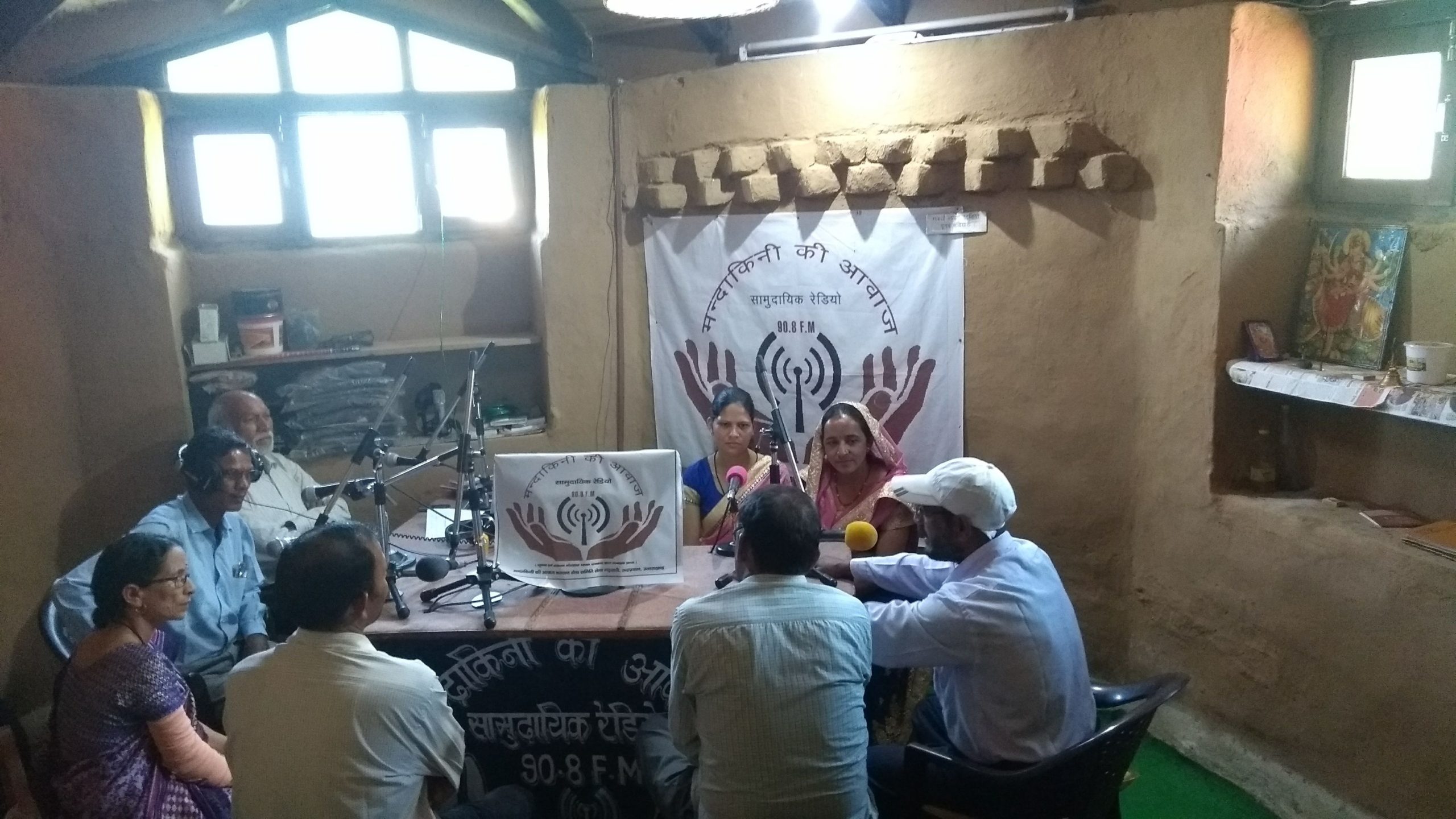
Learning from the disaster
“Most districts in Uttarakhand are highly disaster prone, so the recent flash floods are a warning and an opportunity to act,” said Thomas. “When we discuss disaster management, two-way community radios must be added to the mix,” said Thomas, and hoped the disaster would make authorities sit up and take note of this vital service.
At the start of the COVID-19 pandemic, on March 28, 2020, a rapid response network called Umeed (meaning hope) was launched in Uttarakhand. People’s Power Collective collaborated with the five community radio stations — Mandakini Ki Awaz, Kumaon Vani, Pantnagar Janvani, Hello Zindagee and Radio Khushi — to transmit authentic, real-time and verified information to the listeners. “It provided last-mile connectivity. The Umeed network covered 12 districts and nearly 1.6 million listeners fell into its catchment area,” Thomas explained.
There were expert interviews on COVID-19, Q&A’s (directly sharing community queries), commentaries and issue-based pods that were recorded via telephone at better-connected stations and shared via WhatsApp. Medical experts, psychologists, scientists, conservationists, district supply officers, educationists and other Uttarakhand-based influencers were roped in to speak on the radio.
Mandakini Ki Awaz was in constant touch with the state’s information and disaster management departments and COVID control rooms, and ensured that content broadcast in Hindi, Garhwali and Kumaoni was verified and relevant.
People’s Power Collective travelled over 1,400 kilometres within Uttarakhand’s Garhwal and Kumaon regions to conduct the field work, with support from the five community radio partners. The collective is preparing a report (funded by the Azim Premji University) that lays out the process, operations, challenges and achievements of the Umeed network that was set up to transmit information on COVID-19 to the communities.
“Everyone trusts Mandakini Ki Awaz. During the pandemic, we created and broadcast special programmes centred around physical distancing, wearing masks and hand-washing,” Negi said. “Listeners called in saying they had made masks for their communities after listening to our programmes,” she said.
More women from the conservative societies in the villages are coming forward to participate in the community radio’s programmes.
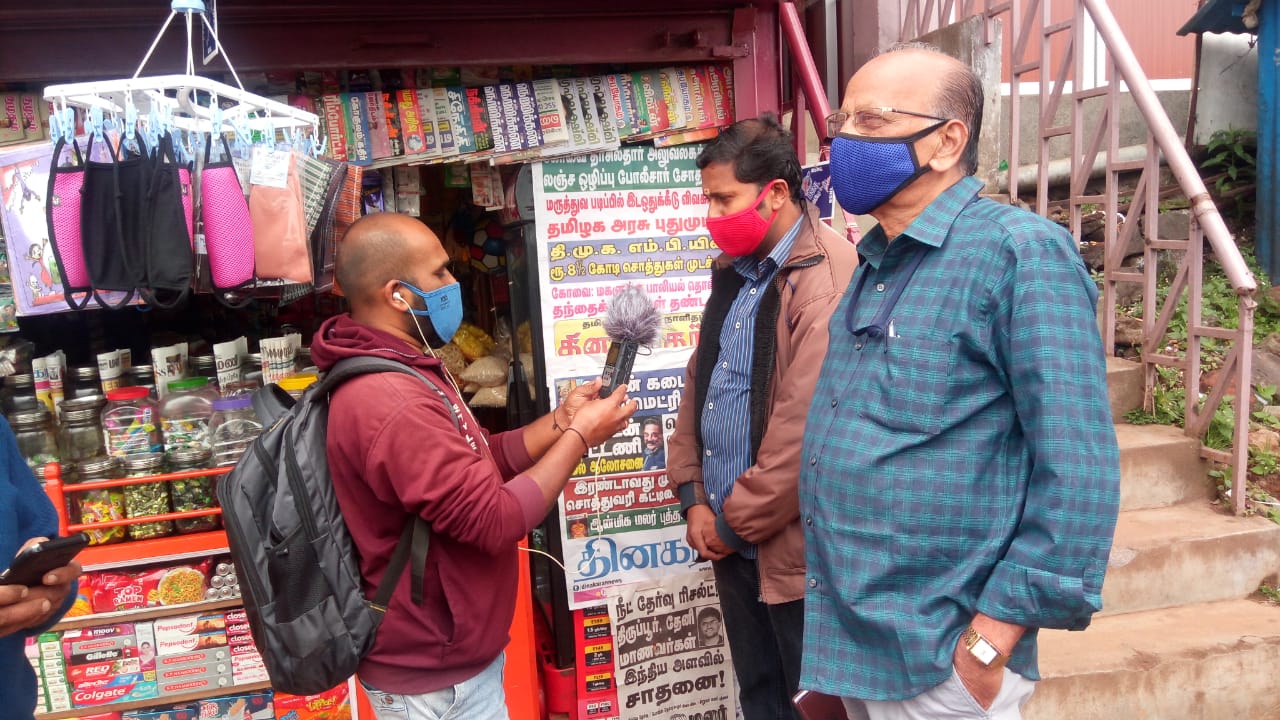
Vanakkam Kotagiri
Nearly 3,000 kilometres south of Rudraprayag in Uttarakhand, are the Nilgiris, a part of the Western Ghats, in Tamil Nadu. There, Radio Kotagiri, another community radio, was set up in 2013 by the non-profit Keystone Foundation. Through its broadcasts, it has created awareness on health, nutrition, agriculture, human-wildlife encounters, as well as sensitised first-time voters on the importance of the ballot, among other things.
In the COVID-19 pandemic, Radio Kotagiri went that extra mile to work with its mothership Keystone Foundation and helped document livelihoods, cultures, traditions and agricultural practices of the indigenous inhabitants of the area. “We visited remote tribal villages, and maintaining all the protocols of physical distancing, etc., we recorded their views, songs, stories and history and broadcast them,” A Manickam, team Radio Kotagiri, told Gaon Connection.

Nearly 150 villages in Kotagiri district are covered by Radio Kotagiri. During COVID, team members also doubled up as information disseminators and spoke to village inhabitants about COVID-related matters. “We distributed nearly two thousand five hundred masks in various villages,” said Manickam.
Radio Kotagiri also broadcast programmes on health and COVID-prevention measures, mental health issues and climate change. Also, many young people who were home due to the pandemic became volunteers with the Community Radio. They interviewed fellow-villagers in their local dialect, and that in turn was edited and broadcast.
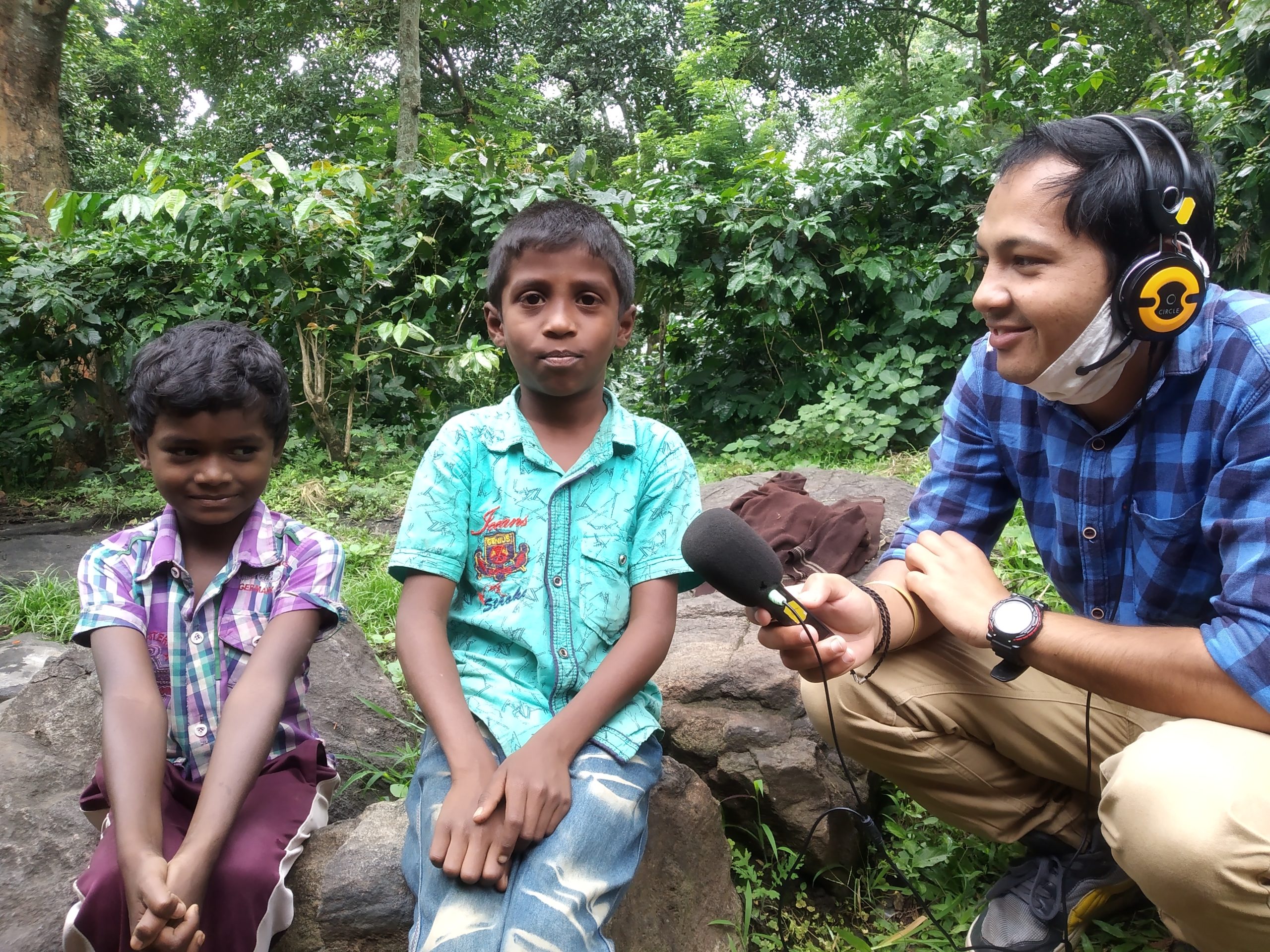
The pandemic gave the community radio ample opportunity to talk to village elders. “They were concerned that their young, who were back home during the pandemic, were so lost in social media that they were forgetting or forsaking their traditions,” said Manickam.
Matters close to the Nilgiris dwellers’ heart, such as agriculture, water sources and wildlife encounters, have been content for Radio Kotagiri. Many of Radio Kotagiri’s older listeners lauded the programmes it broadcast on local practices and traditions. Several farmers who were making the transition from conventional to organic farming, requested Radio Kotagiri for more programmes with experts on the subject.
“There is a growing interest in reviving traditional grains such as millets in the communities, and we designed many programmes around it,” said Manickam.
Once a week, there is a programme on women’s health and welfare conducted with anganwadi workers, who give valuable information on nutrition, balanced diets, healthcare and home remedies.

